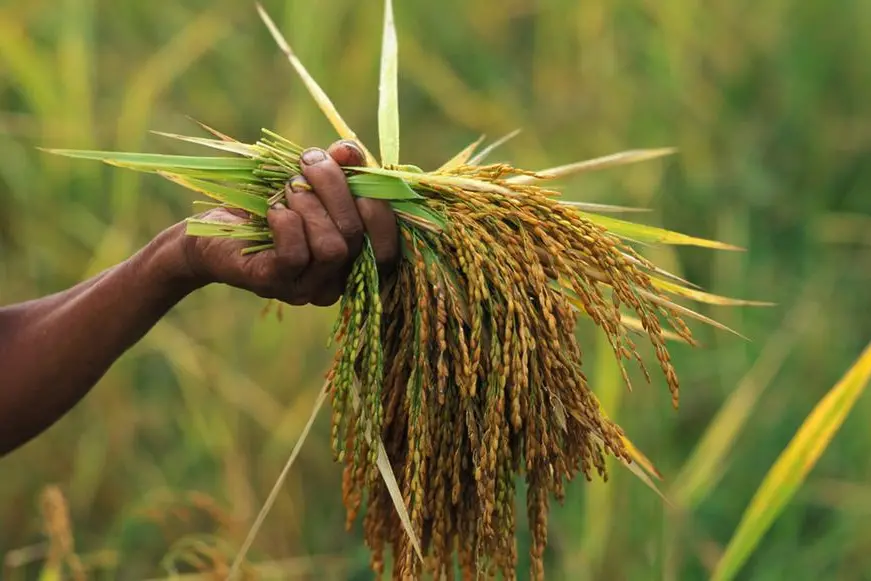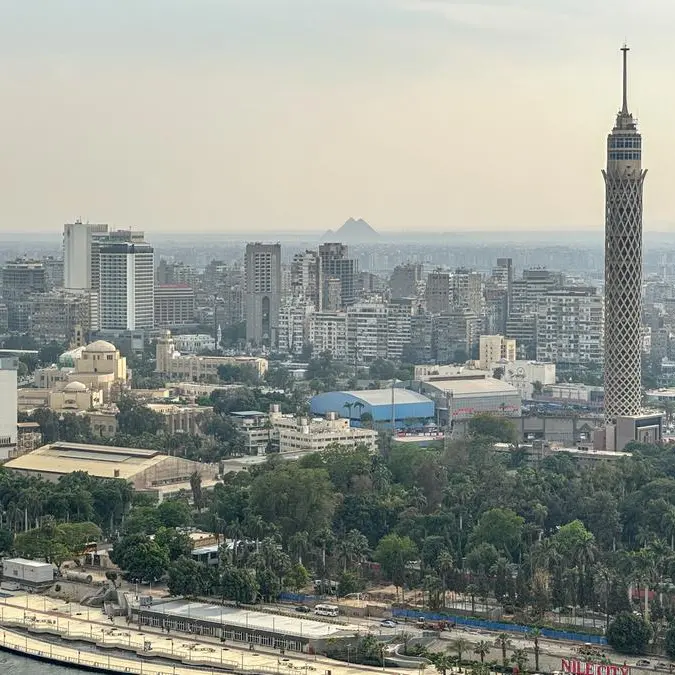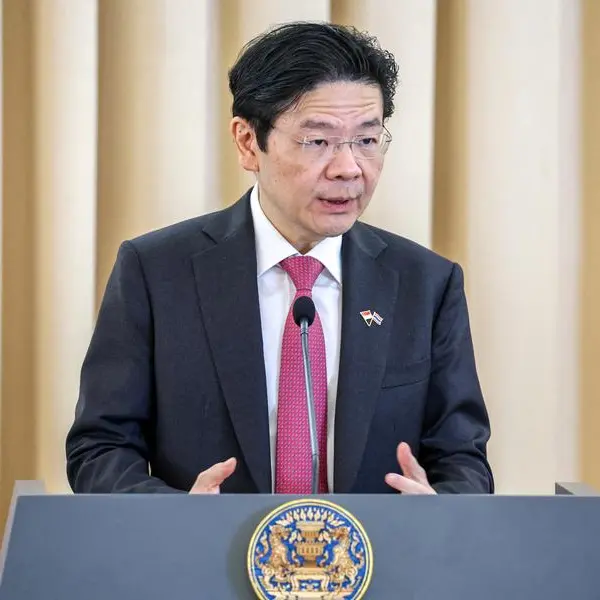PHOTO
The retail price of rice will have a P4 per kilo increase until the mid-September palay harvest as the price of palay continues to rise, according to farmers' group Philippine Chamber of Agriculture and Food Inc. (PCAFI).
'We expect that the retail prices of rice will go down once the harvest starts,' PCAFI president Danilo Fausto said in a radio interview over the weekend.
The harvest will start in Central Luzon by the second week of September, he noted.
The upward trend in the retail price of grains can be attributed to the high cost of imported rice, particularly in Vietnam, which supplies 90 percent of the Philippines' rice imports, according to Fausto.
'Based on our feedback from rice importers, Vietnam does not honor the previous contracts even (though) traders already gave a downpayment. Based on the data, imported rice from Vietnam is now at $540 per metric ton or about P30 to P32 per kilo. Early part of the year, it was only pegged between $420 and $440 per metric ton or about P23 to P24 per kilo landed cost,' he said.
Vietnam is taking advantage of India's recent announcement banning the exportation of non-basmati white rice, he noted.
'When you look at the retail prices of imported rice compared to local rice in the market, imported rice is higher. With the expected shortage of rice in the world, Vietnam is taking advantage of the situation,' Fausto said.
Meanwhile, current rice buffer stocks can cover 30 to 45 days but the country would need 1.5 million to 1.7 million metric tons of rice to have sufficient supply for 45 to 60 days, Fausto added.
'As of now, the farmers do not have palay stocks and the supply is in the hands of the commercial traders,' he said.
'President (Marcos) can intervene through the government-to-government transaction to be able to get (enough) supply,' he noted.
Marcos can directly negotiate with Vietnam and Thailand for the importation of rice, he added.
The Department of Agriculture (DA) should also assist in improving the rice yield of farmers from other regions and not just Central Luzon and Cagayan Valley farmers, according to Fausto.
'The average yield per hectare is 80 to 100 cavans of rice per hectare. The country's rice-producing regions include Central Luzon, Cagayan Valley, Ilocos region, Western Visayas, Soccsksargen and BARMM. More lands were planted with palay in Western Visayas but the average yield was only 65 cavans. In Nueva Ecija, the average yield ranges between 120 and 150 cavans,' he said.
'There is a big difference as the government's assistance in terms of technology, high yielding crops is focused in Central Luzon and Cagayan Valley. The DA should also look into the needs of other regions,' he added.
Copyright © 2022 PhilSTAR Daily, Inc Provided by SyndiGate Media Inc. (Syndigate.info).





















